In the fast-paced world of sales, a well-maintained pipeline is your roadmap to success. Just like a cluttered desk hinders productivity, a messy pipeline filled with inaccurate or outdated data can lead to missed opportunities, inaccurate forecasts, and ultimately, lost revenue. Here’s where the concept of pipeline hygiene comes in.
What is Pipeline Hygiene?
Pipeline hygiene refers to the ongoing process of keeping your sales pipeline clean, organised, and up-to-date. It’s about ensuring the data within your pipeline accurately reflects the current state of your leads and deals. Just like good personal hygiene keeps you healthy, pipeline hygiene keeps your sales engine running smoothly.
Why is Pipeline Hygiene Important?
There are several compelling reasons to prioritise pipeline hygiene:
-
Improved Sales Forecasting: A clean pipeline allows you to generate more accurate sales forecasts. With reliable data on deal size, probability, and stage, you can predict future revenue with greater confidence. This empowers you to make informed decisions about resource allocation and budget planning. Consequently, inaccurate pipeline data can lead to skewed forecasts, hindering your ability to plan effectively.
-
Increased Sales Efficiency: Imagine spending time chasing leads that have gone cold months ago. By regularly reviewing and cleansing your pipeline, you eliminate dead-end deals and focus your efforts on the most promising opportunities. This not only saves time but also boosts team morale. In addition, a cluttered pipeline can make it difficult to identify qualified leads, wasting valuable sales resources.
-
Enhanced Sales Visibility: A well-organised pipeline provides a clear picture of your sales activities. You can easily identify bottlenecks, track progress through different stages, and gain valuable insights into your team’s performance. This data-driven approach helps you identify areas for improvement and implement effective sales strategies. Furthermore, a lack of pipeline visibility makes it difficult to measure progress and hold teams accountable.
-
Stronger Decision-Making: Accurate pipeline data empowers leadership to make informed decisions. From resource allocation to pricing adjustments, having a clear understanding of your sales pipeline allows you to be more strategic and proactive. For instance, if your pipeline shows a heavy concentration of deals in the early stages, you might need to adjust your marketing strategy to generate more qualified leads.
Signs of Poor Pipeline Hygiene
Here are some red flags that might indicate your pipeline needs a good clean-up:
- Deals stuck in the same stage for extended periods
- Inaccurate or incomplete data on leads and contacts
- Leads that haven’t been contacted in a long time
- Unrealistic sales forecasts consistently missed
- Lack of visibility into team activity and performance
Best Practices for Maintaining Pipeline Hygiene
Maintaining a clean pipeline requires ongoing effort and collaboration. Here are some best practices to get you started:
-
Define Clear Stages: Establish clear and consistent stages in your sales process. This allows for better tracking and ensures everyone is on the same page. For example, your pipeline stages might include Prospecting, Qualifying, Proposal, Negotiation, and Closed Won.
-
Regular Data Entry and Review: Encourage sales reps to regularly update data on leads and deals. This includes contact information, communication details, and deal progress. Schedule regular pipeline reviews to identify and address any discrepancies. Ideally, these reviews should occur weekly or bi-weekly, depending on your sales cycle.
-
Data Quality Checks: Implement data quality checks to identify and correct inaccurate or missing information. Consider utilising validation rules and automation tools to streamline this process. In essence, data quality checks act as a safety net to ensure data integrity.
-
Qualify Leads Early On: Don’t let unqualified leads clog up your pipeline. Establish clear criteria for lead qualification and ensure reps focus on leads with real potential. Similarly, having a strong lead qualification process prevents unqualified leads from wasting valuable sales resources.
-
Regular Pipeline Cleansing: Schedule regular pipeline clean-up sessions to remove outdated or irrelevant deals. This could be a weekly or monthly process, depending on your sales cycle. However, don’t discard information completely. Consider archiving historical data for future reference.
-
Standardised Processes: Develop standardised processes for data entry, qualification, and pipeline management. Consistency ensures data integrity and facilitates reporting and analysis. To illustrate, standardised processes help to eliminate confusion and ensure everyone is following the same procedures.
-
Leverage Technology: Take advantage of Customer Relationship Management (CRM) systems and sales automation tools to automate data entry and streamline pipeline management. These tools can help enforce data quality standards, track deal progress, and generate insightful reports. Moreover, technology can save your sales team valuable time, allowing them to focus on closing deals.
Additional Tips
-
Set Clear Ownership: Assign clear ownership of data within your pipeline. This ensures accountability and encourages reps to maintain accurate information. For instance, designate a specific team member or manager to be responsible for overseeing data quality.
-
Promote Data Hygiene Culture: Build a culture that emphasises the importance of clean data. Encourage open communication and collaboration when identifying and addressing data issues. In addition, recognise and reward sales reps who consistently maintain clean and accurate data in the pipeline.
-
Invest in Training: Invest in training your sales team on the importance of pipeline hygiene and provide them with the tools and skills necessary to maintain accurate data. This could include workshops on data quality best practices, training on using CRM systems effectively, and role-playing exercises to reinforce proper data entry procedures.
Conclusion
Pipeline hygiene is not a one-time fix; it’s an ongoing commitment to data quality and accuracy. By adopting these best practices and establishing a culture of data hygiene, you can ensure your sales pipeline is a reliable source of truth, driving informed decision-making, increased efficiency, and ultimately, sales success. Remember, a clean pipeline is a happy pipeline, and a happy pipeline translates to happy sales reps and, of course, happy customers.
Taking it a Step Further
While these best practices provide a solid foundation for pipeline hygiene, there’s always room for further optimisation. Here are some additional considerations:
-
Automate Data Entry Whenever Possible: CRM systems and sales automation tools offer features to automate data entry tasks, such as capturing lead information from website forms or syncing data with marketing automation platforms. By leveraging automation, you can minimise the risk of human error and ensure data consistency.
-
Implement Data Governance Framework: A data governance framework establishes clear guidelines and procedures for data management within your organisation. This framework should define roles and responsibilities, data quality standards, and data security protocols. Having a well-defined data governance framework ensures everyone is on the same page when it comes to managing pipeline data.
-
Regularly Monitor Key Pipeline Metrics: Track key pipeline metrics, such as conversion rates, average deal size, and sales cycle length. Analysing these metrics can help you identify areas for improvement and refine your sales strategies for optimal effectiveness.
-
Conduct Pipeline Reviews with a Critical Eye: During pipeline reviews, don’t just focus on identifying outdated deals. Take this opportunity to analyse trends, identify potential bottlenecks, and assess the overall health of your sales pipeline.
By consistently applying these best practices and exploring advanced techniques, you can transform your sales pipeline into a powerful tool for driving sales growth and achieving your business goals. Remember, a clean and well-maintained pipeline is the key to navigating the ever-changing sales landscape and achieving sustainable success.














